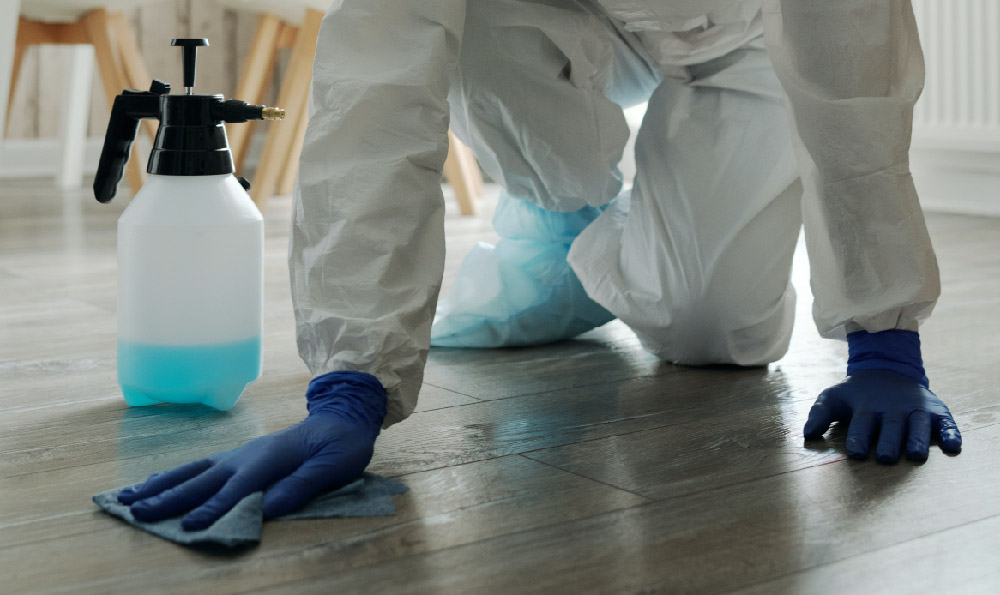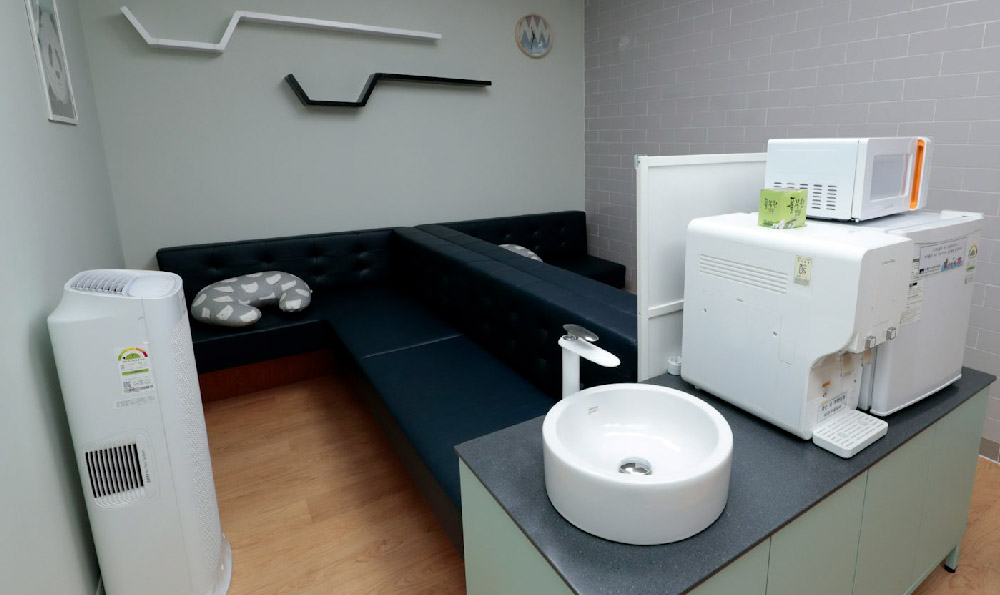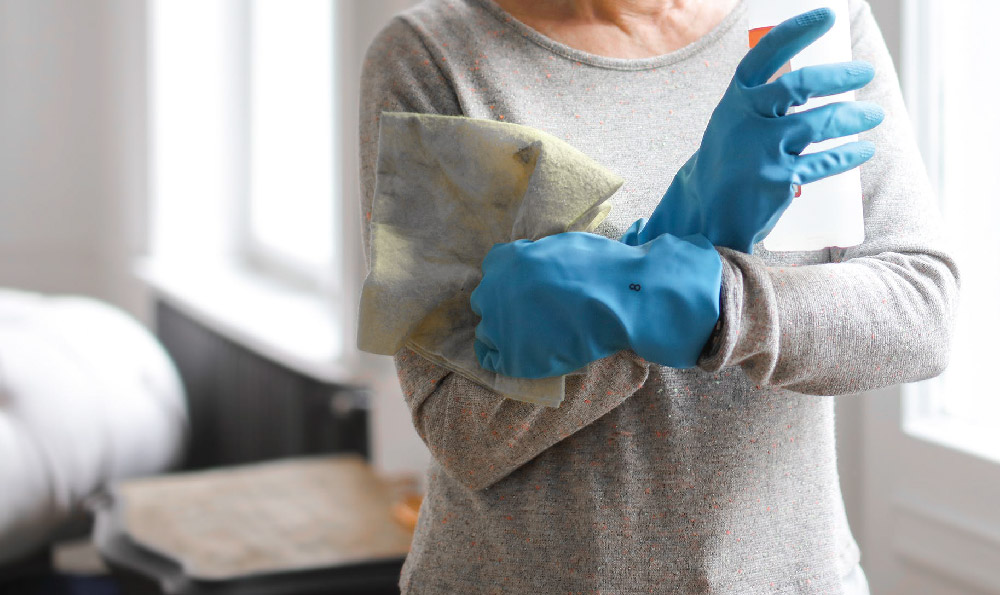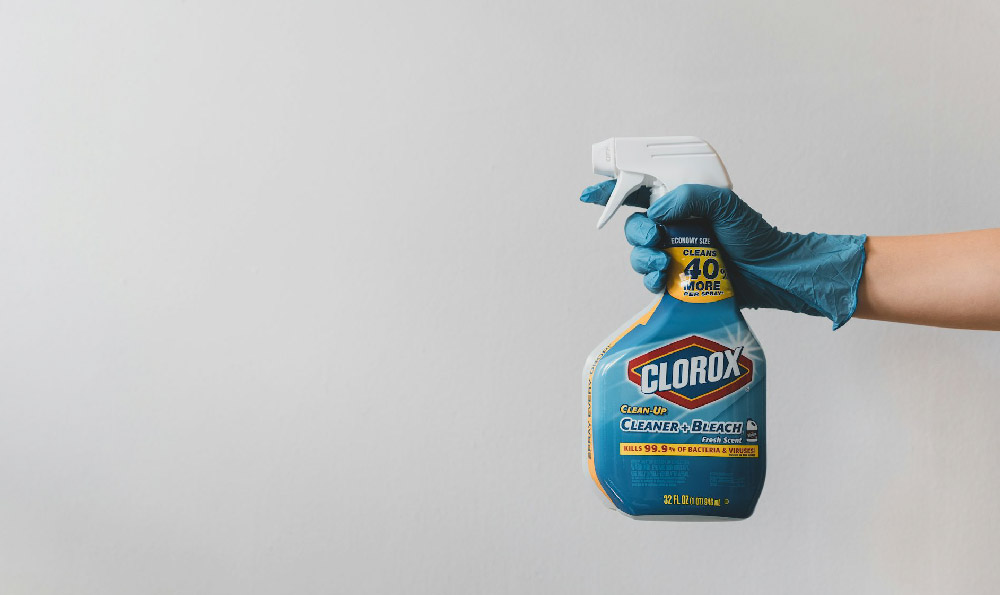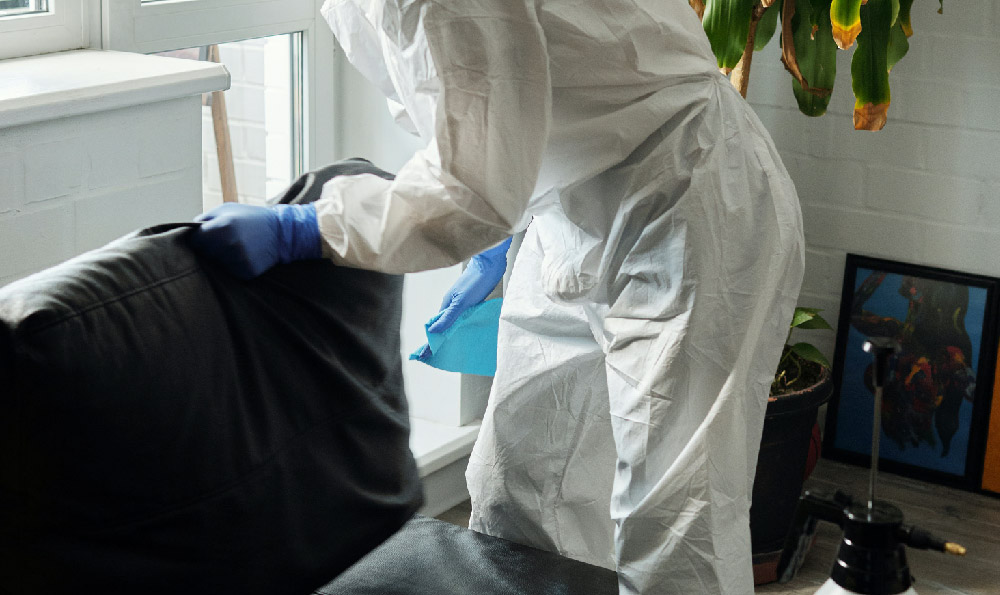
游离甲醛释放量是指在特定条件下,挥发性有机物(Volatile Organic Compounds,简称VOCS)中游离甲醛的释放量。游离甲醛是一种有害物质,对人体健康有一定的危害,因此了解游离甲醛的释放量对于环境保护和健康管理至关重要。本文将对游离甲醛释放量进行名词解释,通过定义、分类、举例和比较等方法,全面介绍游离甲醛释放量及其相关知识。
一、定义
游离甲醛释放量是指在特定条件下,VOCS中游离甲醛的释放量。游离甲醛是一种有毒有害物质,它会导致眼睛刺激、呼吸道不适、甚至诱发严重的过敏反应和慢性疾病。游离甲醛释放量的测量和控制对于保护人体健康和改善空气质量至关重要。
二、分类
根据游离甲醛来源的不同,可以将游离甲醛释放量分为室内释放和室外释放两类。室内释放主要来自家居装饰材料、室内家具、家电用品等;而室外释放则主要来自工业废气、汽车尾气等。
三、举例
1. 室内释放:家居装饰材料中常见的木地板、墙纸、油漆等都可能释放游离甲醛。举例来说,新装修的房子通常会有较高的游离甲醛释放量,需要进行通风和甲醛治理,以降低室内污染。
2. 室外释放:工业废气排放和汽车尾气中也包含游离甲醛。化工厂的废气中可能含有大量游离甲醛,需要通过净化系统进行处理。
四、比较
游离甲醛释放量与其他有害物质的释放量相比,具有一定特殊性。相较于一些易挥发的有机物质,游离甲醛在环境中的存在时间相对较长,对人体健康风险更大。游离甲醛在高温环境下释放量较大,需要加强监管和控制。
游离甲醛释放量是指在特定条件下,VOCS中游离甲醛的释放量,它是一种对人体健康有一定危害的有害物质。了解游离甲醛释放量的定义、分类、举例和比较等相关知识,对环境保护和健康管理具有重要意义。在工业生产和家居生活中,要加强对游离甲醛释放量的监测与控制,以减少其对人体健康的不良影响,保护环境,创造更健康的生活空间。
甲醛一般游离在多高的位置
甲醛是一种常见的有机化合物,它广泛存在于我们的生活中。了解甲醛在室内空气中的分布情况对于室内空气质量的保护至关重要。本文将通过定义、分类、举例和比较等方法,以客观、专业、清晰和系统的风格,阐述“甲醛一般游离在多高的位置”相关知识。

甲醛作为一种挥发性有机物,往往与室内装修材料和家具有关。它的释放高峰期集中在室内装修后的一至三年内,因此了解甲醛在空气中的分布情况,有助于采取相应的措施来减少室内甲醛浓度,保护室内空气质量。
1. 室内空气中的甲醛来源有哪些?
甲醛可以通过多种途径进入室内空气,主要包括装修材料、家具、化妆品、家居用品等。装修材料中的胶合板、密度板、刨花板等常常含有甲醛,它们在室温下会释放出甲醛。家具中的油漆、胶水也可能含有甲醛,长时间使用后可能会逐渐释放。
2. 甲醛在室内的分布情况有哪些特点?
甲醛分布的高度与其挥发性有关。室内甲醛浓度较高的位置主要集中在地面附近。这是因为地板、墙面等装修材料会不断释放甲醛,而甲醛分子相对较重,容易沉积在地面附近。相比之下,空气中的甲醛浓度要相对较低。
3. 甲醛浓度在室内的分布有哪些差异?
甲醛在不同区域的浓度分布可能存在差异。在新装修的房间中,地板、墙面等装修材料释放的甲醛浓度一般较高。而与装修时间相关的甲醛源有可能在室内的不同位置释放。不同房间的通风情况也会影响甲醛浓度的分布,通风条件良好的房间甲醛浓度较低。
4. 如何减少室内甲醛浓度?
减少室内甲醛浓度要从源头入手。选择低甲醛释放的装修材料,如环保板材、无甲醛油漆等。选择家具时要尽量选择经过环保认证的产品。保持室内良好的通风也是减少甲醛浓度的有效方法。
了解甲醛在室内空气中的分布情况,对保护室内空气质量至关重要。通过选择低甲醛释放的装修材料、经过认证的家具以及保持良好的通风,可以有效减少室内甲醛浓度。这对于人们的健康和舒适生活环境来说具有重要意义。
【参考译文】
Title Where is Formaldehyde Generally Found in Indoor Environment?
Abstract
Formaldehyde is a common volatile organic compound that is widely present in our daily lives. Understanding the distribution of formaldehyde in indoor air is crucial for protecting indoor air quality. This article aims to objectively, professionally, clearly, and systematically explain the knowledge related to "where formaldehyde is generally found in indoor environment" through methods such as definition, classification, examples, and comparisons.
Introduction
Formaldehyde, as a volatile organic compound, is often associated with indoor materials and furniture. Its release peak period is concentrated within one to three years after indoor decoration. Therefore, understanding the distribution of formaldehyde in indoor air helps to take corresponding measures to reduce indoor formaldehyde concentration and protect indoor air quality.
Body
1. What are the sources of formaldehyde in indoor air?
Formaldehyde can enter indoor air through various sources, mainly including decoration materials, furniture, cosmetics, and household products. For example, decoration materials such as plywood, fiberboard, and particleboard often contain formaldehyde, which can be released at room temperature. Paints and adhesives used in furniture may also contain formaldehyde, which can gradually release over time.
2. What are the characteristics of formaldehyde distribution in indoor environment?
The height of formaldehyde distribution is related to its volatility. Generally, positions with high formaldehyde concentrations in indoor environments are mainly concentrated near the ground. This is because flooring, walls, and other decoration materials continuously release formaldehyde, and formaldehyde molecules are relatively heavy, making them prone to deposition near the ground. In contrast, formaldehyde concentrations in the air are relatively low.
3. What are the differences in formaldehyde concentrations in different areas indoors?
There may be differences in formaldehyde concentration distribution in different areas. For example, in newly decorated rooms, the concentration of formaldehyde released from flooring, walls, and other decoration materials is generally high. Formaldehyde sources related to decoration time may be released in different positions indoors. Additionally, ventilation conditions in different rooms may also affect the distribution of formaldehyde concentration, with well-ventilated rooms having lower formaldehyde concentrations.
4. How to reduce indoor formaldehyde concentration?
Reducing indoor formaldehyde concentration starts from the source. First, choose decoration materials with low formaldehyde emission, such as environmentally friendly panels and formaldehyde-free paints. Secondly, when choosing furniture, try to select products that have been certified as environmentally friendly. Furthermore, maintaining good indoor ventilation is also an effective method to reduce formaldehyde concentration.
Conclusion
Understanding the distribution of formaldehyde in indoor air is crucial for protecting indoor air quality. By choosing decoration materials with low formaldehyde emission, environmentally certified furniture, and maintaining good ventilation, it is possible to effectively reduce indoor formaldehyde concentration. This is of great significance for people's health and comfortable living environment.
挥发性有机物VOCS名词解释
挥发性有机物(VOCS)是指在常温下具有较高蒸发性和易挥发的一类有机化合物。这些化合物广泛存在于工业生产、交通运输、建筑装修、农业施肥等各个行业,对环境和人体健康都有一定的潜在风险。本文将对挥发性有机物VOCS进行名词解释,从定义、分类、举例和比较等角度,客观、专业、清晰和系统地介绍相关知识。
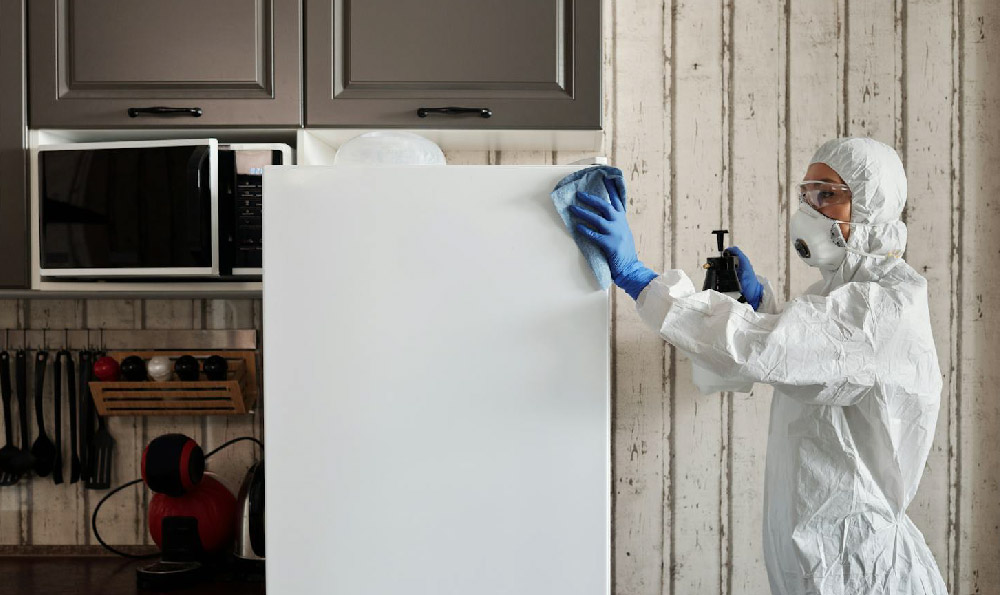
挥发性有机物VOCS的定义是指在环境中以气态存在的有机化合物,它们具有较高的蒸发性和挥发性,可以迅速从液体或固体表面转化为气体。这些化合物主要由碳和氢元素组成,常见的有甲烷、乙烷、苯、甲苯、二甲苯等。
挥发性有机物VOCS可以根据其挥发性和来源进行分类。挥发性有机物主要分为易挥发性有机物和半挥发性有机物两类。易挥发性有机物是指在常温下迅速挥发的有机化合物,主要来源于溶剂、燃料和化肥等。半挥发性有机物是指在常温下挥发较慢但仍会释放到环境中的有机化合物,主要来源于涂料、塑料和油漆等。
举例来说,易挥发性有机物包括甲醛、丙酮、氯仿等,它们广泛应用于化工、制药和医疗等行业。而半挥发性有机物如苯、甲苯、二甲苯常见于油漆、涂料和汽车尾气中。
挥发性有机物VOCS的危害主要体现在对环境和人体的污染。它们在大气中参与光化学反应,生成臭氧和细颗粒物等有害物质,引发大气污染和雾霾。挥发性有机物VOCS还会对人体健康造成潜在风险,长期接触易挥发性有机物可能导致呼吸道疾病和神经系统问题。
与其他污染物相比,挥发性有机物VOCS的特点在于其易挥发性和多样性。与重金属污染物相比,挥发性有机物VOCS更易被生物体吸收和蓄积,对生态系统和人体健康造成的影响更大。与气溶胶相比,挥发性有机物VOCS在大气中的输送和扩散速度更快,对大气污染和气候变化的影响更显著。
挥发性有机物VOCS是一类在常温下具有较高蒸发性和易挥发性的有机化合物。它们广泛存在于各个行业,对环境和人体健康都有一定的潜在风险。了解和控制挥发性有机物VOCS的来源和危害,对于环境保护和健康维护至关重要。只有通过科学管理和减少挥发性有机物VOCS的释放,才能实现可持续发展的目标。



